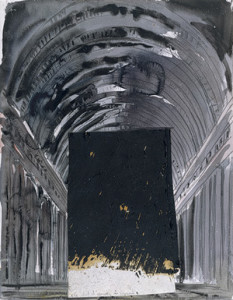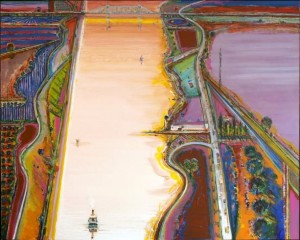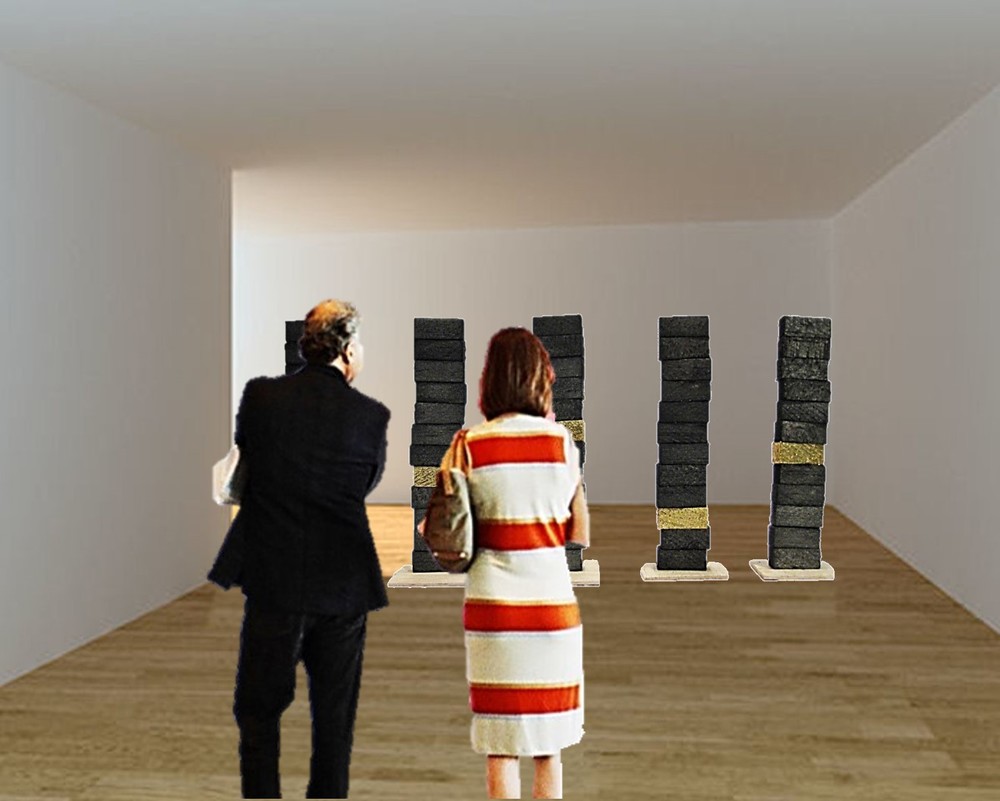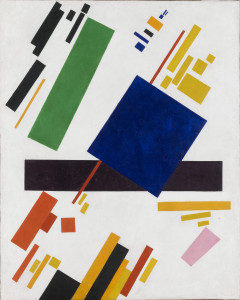My newly established business, AFP Art Consulting, will allow me to use my extensive knowledge, culled from many years of experience in the arts, to serve my clients in a variety of ways. From research and writing, to art appraisal and collections management, to assistance with the acquisition and disposition of artwork, I hope to provide excellent service. In this blog, I will be adding news, information, trivia, and perhaps some images from time to time related to art history, collecting, art acquisition and sales, and things that may help make the mysterious and daunting world of art valuation, appraisal and ownership a bit more comprehensible. What I hope my readership will discover from these posts is a little bit about my tastes and sensibility towards art and objects, and through that, find ways to formulate their own ways to see and experience art. Perhaps it may lead you to want to build your own collection? Visit galleries, museums, artist studios? Attend auctions, both large and small, to get a sense of the vast array of material available to all sorts of collectors? Whatever it may be for you, I hope I can literally open your eyes to new things, new ways of seeing…! There is no way I could ever choose a favorite artist or artwork, but here are a couple that I am proud to share:

Anselm Kiefer, The Unknown Masterpiece, 1982 (watercolour, gouache, graphite on paper)

Wayne Thiebaud, River Sides, 2007 (oil on canvas)






